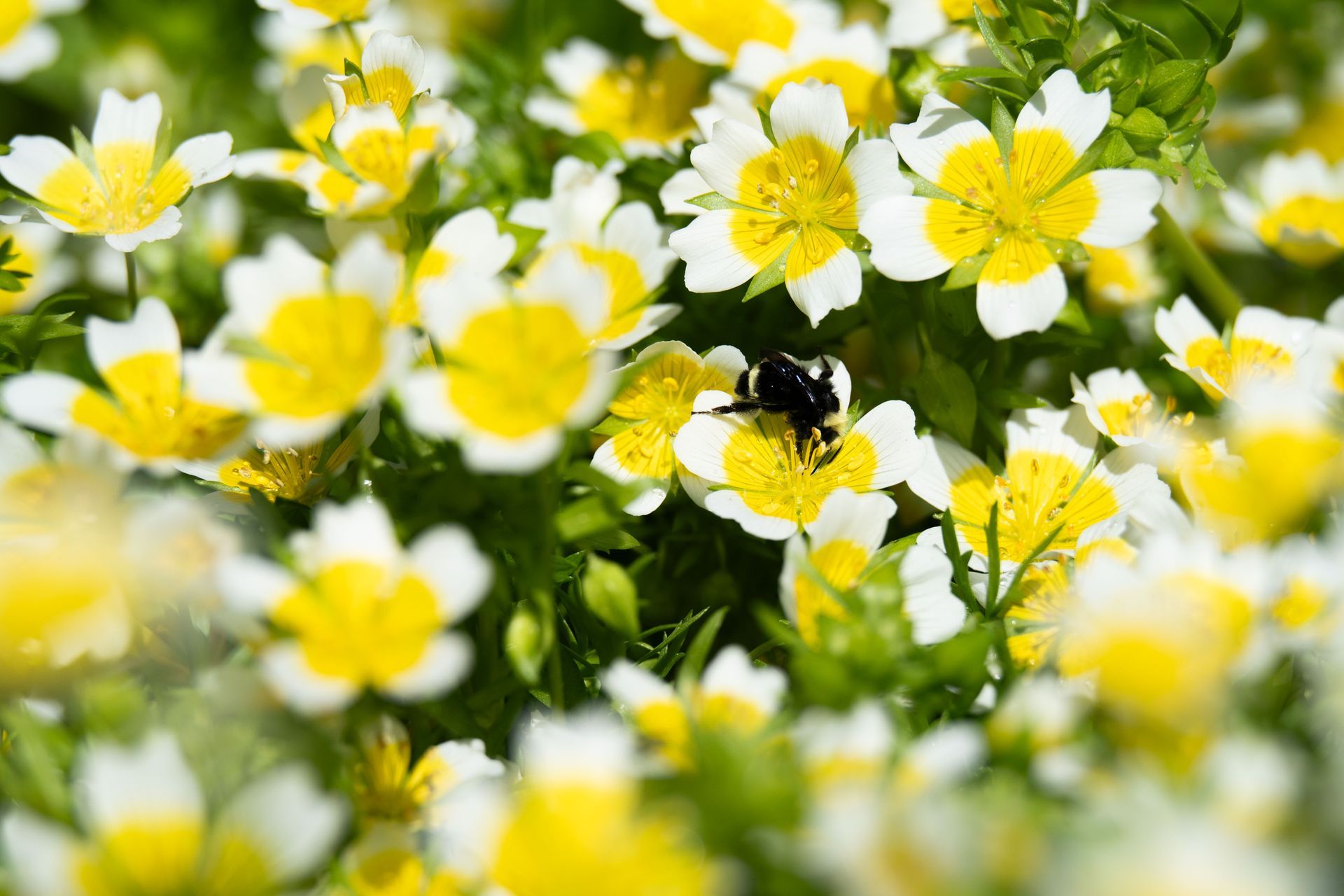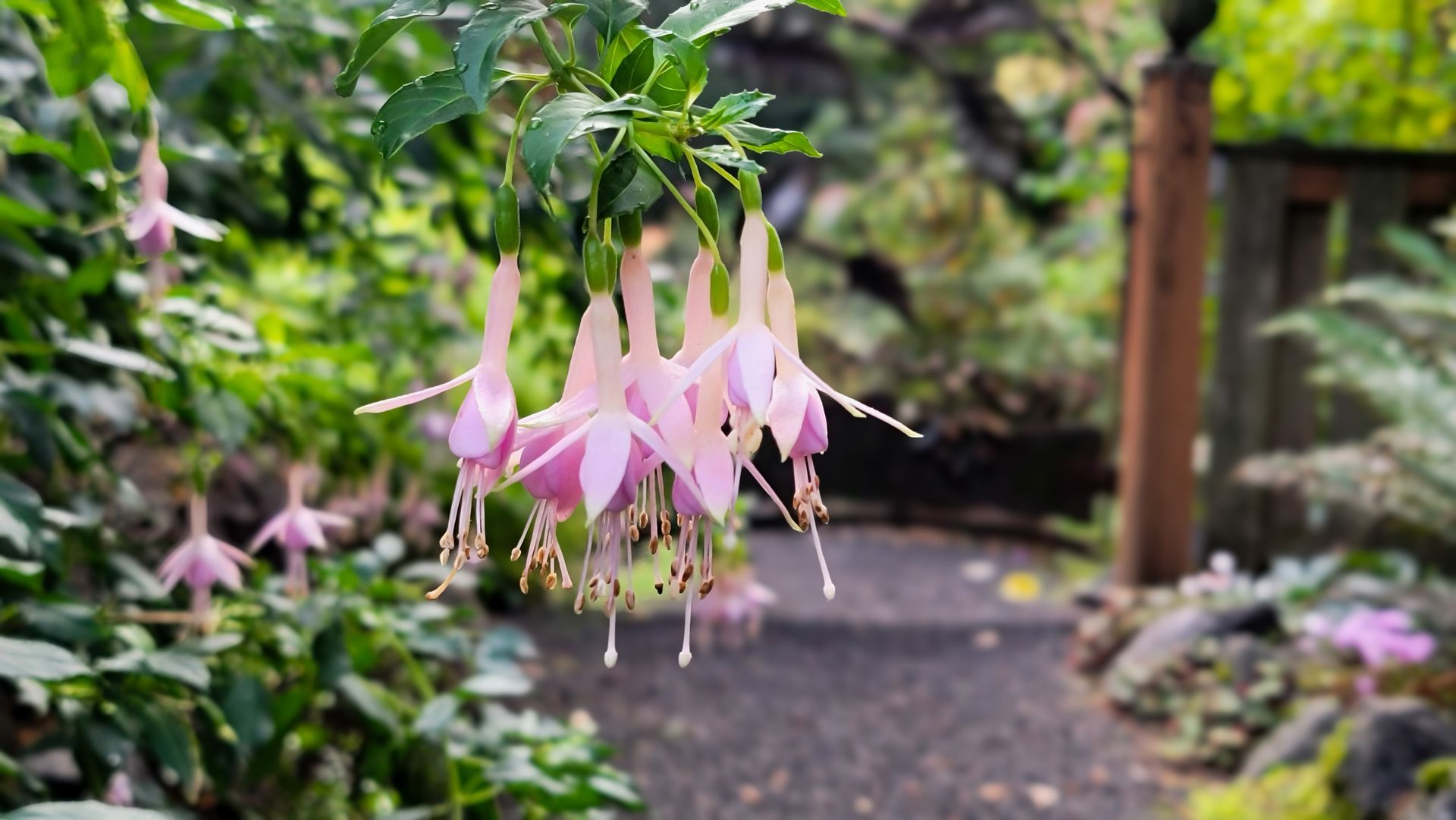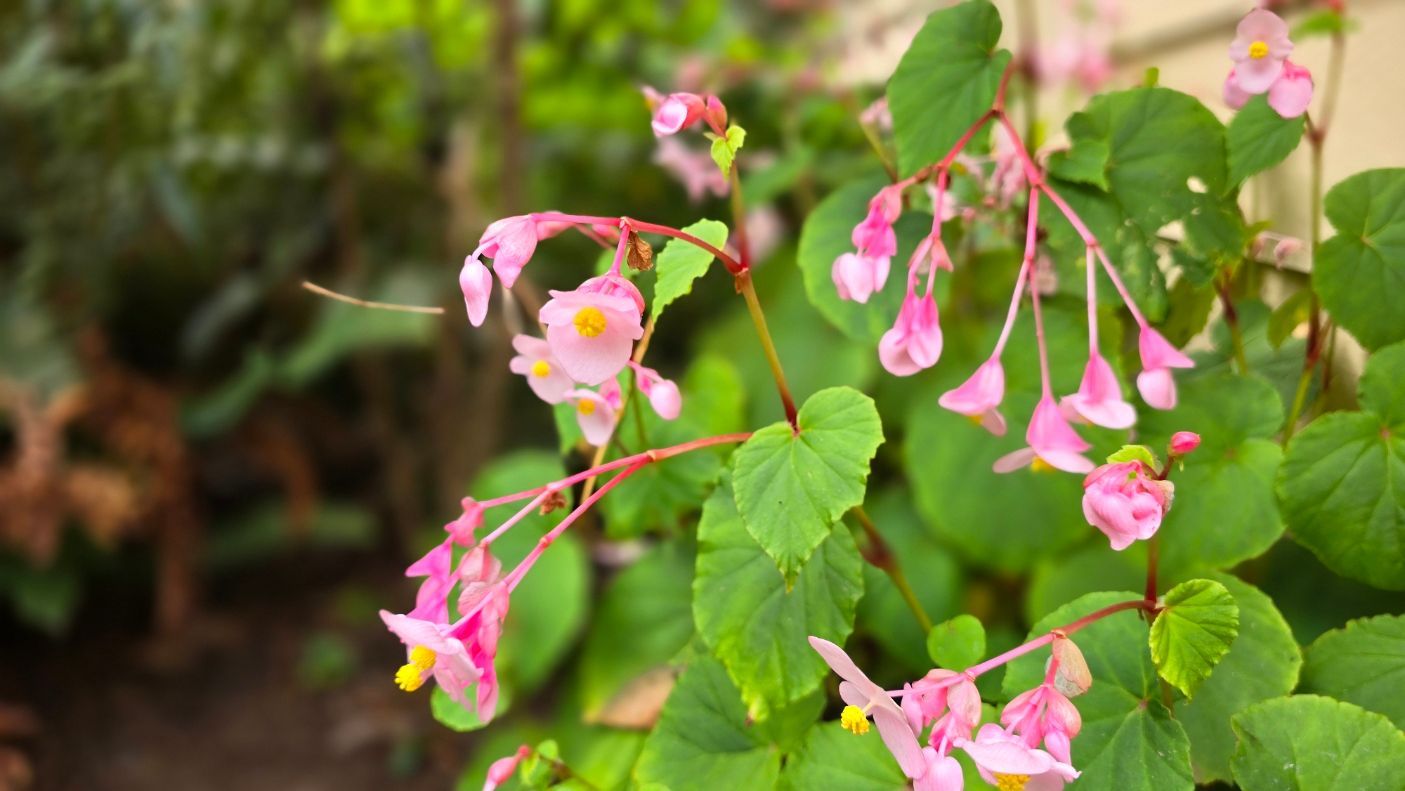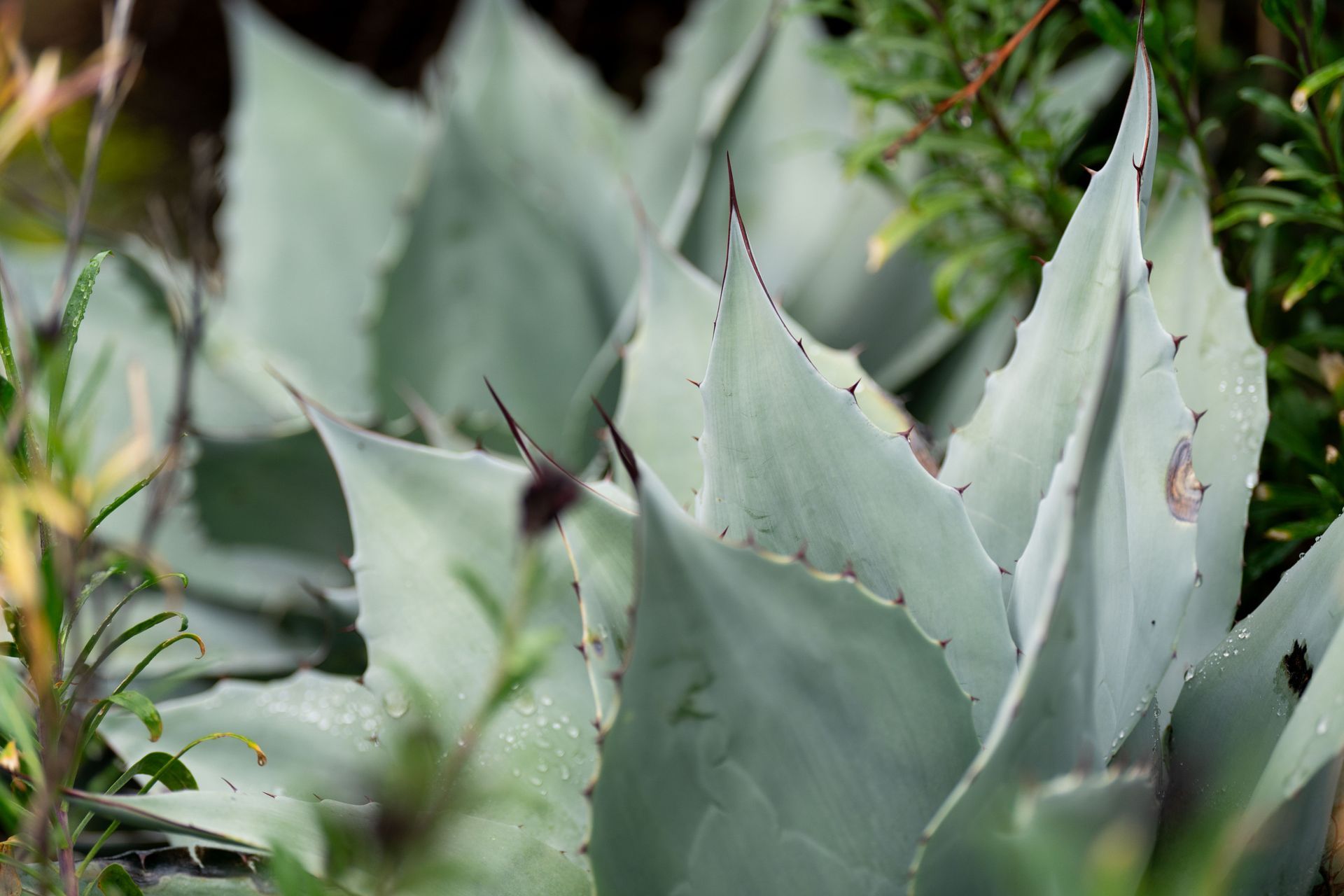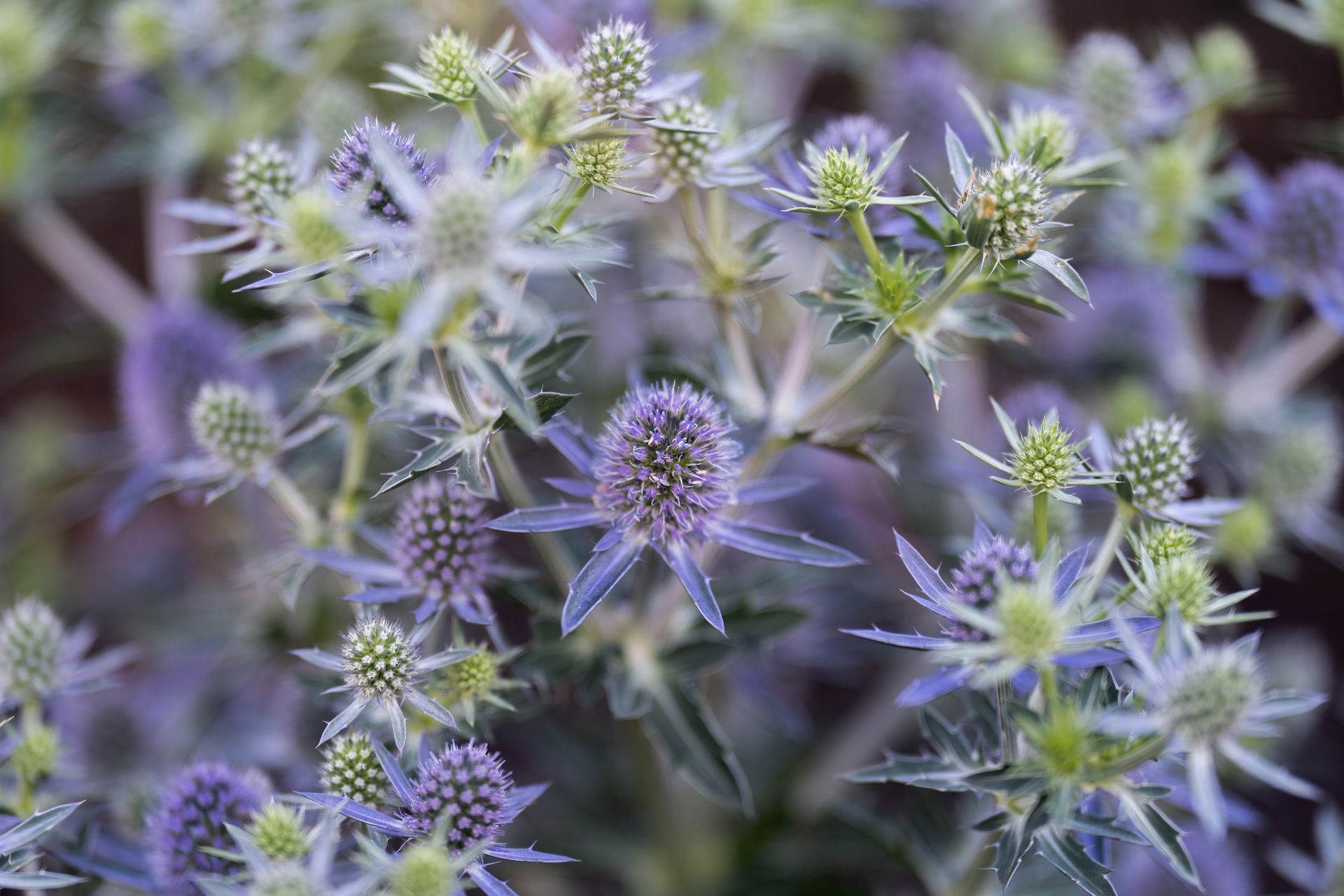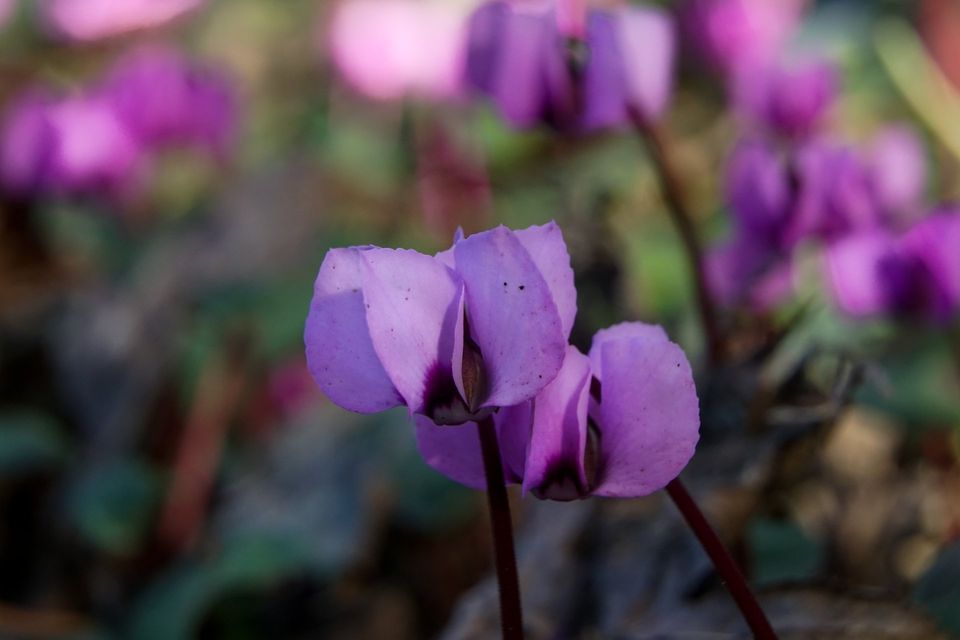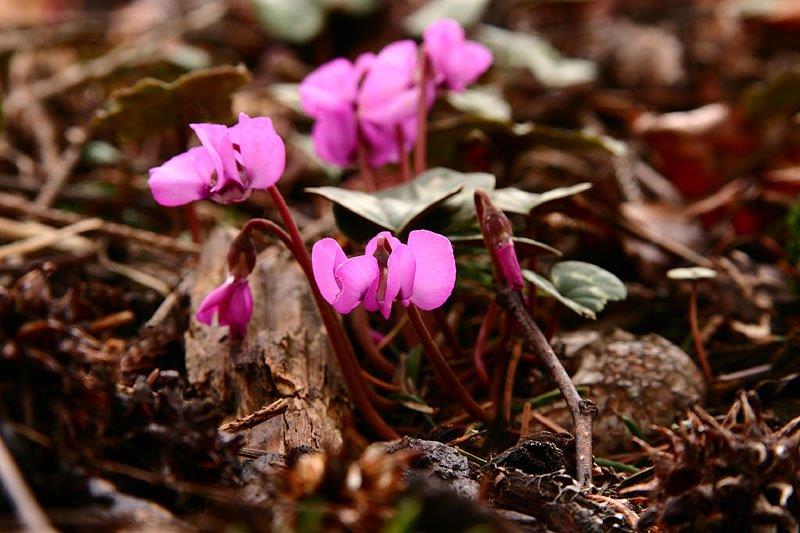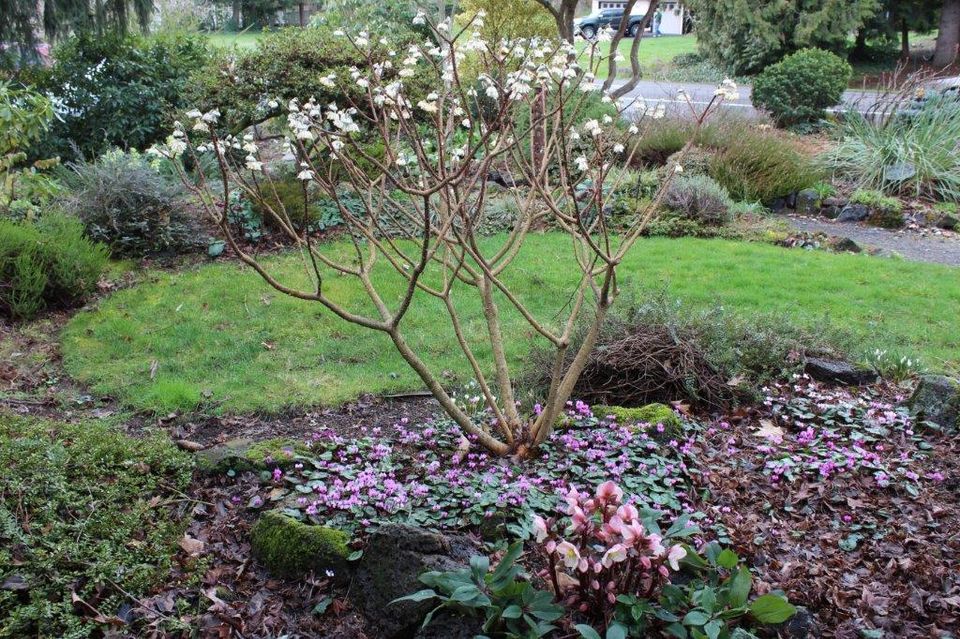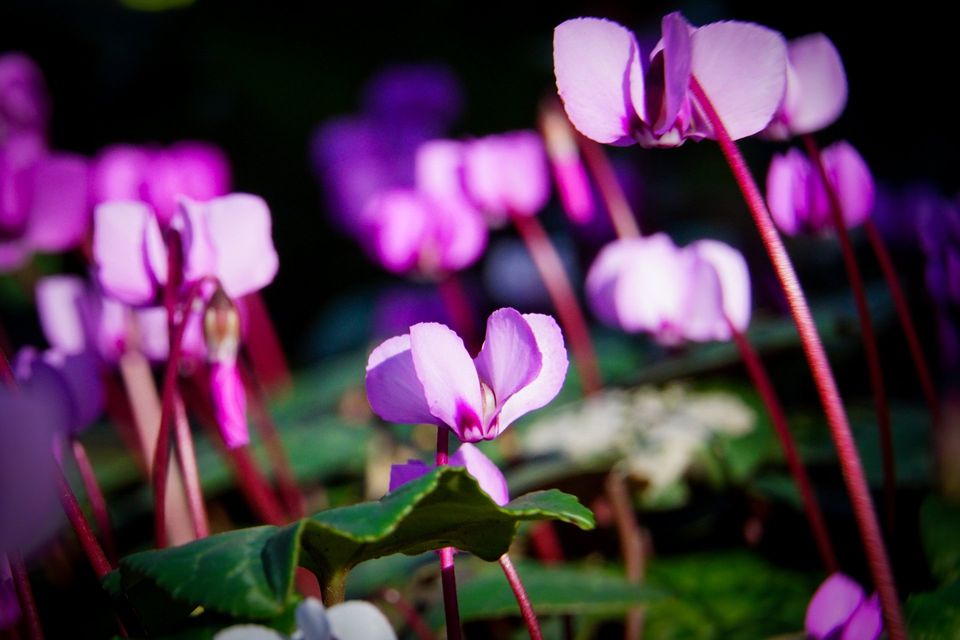Cyclamen coum
On a rainy, cold day in the winter of 1982, I found myself having been laid off my job. Life in general was very discouraging as I had a wife, two small daughters and not enough money to go around. I was starting a part-time, minimum wage job at a nursery. We were only able to pay the interest on our mortgage. My wife had just started to clean homes. While walking in the old part of our neighborhood with my eldest daughter (four years old at the time), scrounging for bottles to get cash for milk, I found an old house with the most marvelous, cheery little plant blooming. It was late January and there was frost on its cute, rounded, dark green leaves. I did not know what it was, but I determined I would find out.
I knocked on the door and an elderly lady peered through the window. When she saw my daughter holding my hand she opened the door. I asked her about the plants. She beamed and walked outside with me. She said that they were Winter blooming Cyclamen, called Cyclamen coum. I asked if I could have a start of them. She said that she could give me one bulb, but she did not want to part with many because they were slow to get established. She said that she had started that patch several years ago and it was now about a 4’ circle. She told me of a nursery where I could go and purchase more. She carefully dug up one bulb with a few leaves and two blooms attached. My daughter and I hurried home so that we could get it into the ground.
She said to plant it so the top growing point was exactly 1/8" above the surrounding soil. She said, “it needs good drainage, it does not need to be watered because as it goes dormant in the dry, summer season. You will not be able to see it, so put a marker where you planted it so you will remember the location until you have a patch and know where the leaves will come up in November.
I planted it and decided that the bright pink blooms should become the inspiration for our company name and logo. That came true in 1983 when we started the company.
Once a Cyclamen coum has become established in your yard, the best way to create a winter blooming patch of this little plant is by seed. However, to establish them, I recommend planting about six plants. This will not be inexpensive as each one may cost at least $10-$12 for a 4” plant, if you can find them. They are prone to root rot the first season while they are establishing themselves. Water the plants well when you plant them but leave them alone after that.
Once a bulb grows to the size where it will bloom—usually about ½" in diameter—it will set seed for you to increase the patch. The fruit, which holds the seeds, looks like a little brown berry with a coiled stem looking like a spring! As the bulbs grow each season they will set more of these brown berries with coiled stems. The leaves will disappear once the warmer dryer days of late spring and early summer approach, so mark the location! Look at the spot in August and you will see just the little group of “brown berries” with coiled stems where once there were leaves and blooms in Winter.
In September/October, keep watching the berries and very lightly squeeze them to see if they are beginning to ripen. When they are about ready to pop, they will feel a little squishy. Up to that point they are hard round marbles. Once they reach the squishy state watch them every day. When the first one pops open and begins spreading its sticky seeds, carefully harvest all the berries from that plant and put them in an envelope, seal it and place it on your desk till it has all dried out. This takes about a month. Keep checking the rest and see if you can harvest them all. Then when you are ready to place the seeds back in the ground (this must be during the rainy season) determine where you want to create a patch of Cyclamen coum. Just sprinkle them carefully on the worked-up ground and watch for the tiny little single round leaves to appear in about a month or so. That will be your proof that you are beginning your patch!
They can handle it from that point on. Don’t water them. Don’t fertilize them. Let them have leaf duff and the normal forest debris that collects when a little plant is trying to grow in semi-shade. Their only serious enemy, in my experiences with them, have been cats using the dry duff as Kitty Litter!
